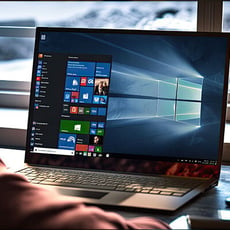Resources
Get insights, answers, and inspiration—all built to keep you ahead in tech.

03-24-2025

03-19-2025

02-07-2025

12-31-2024

08-12-2024